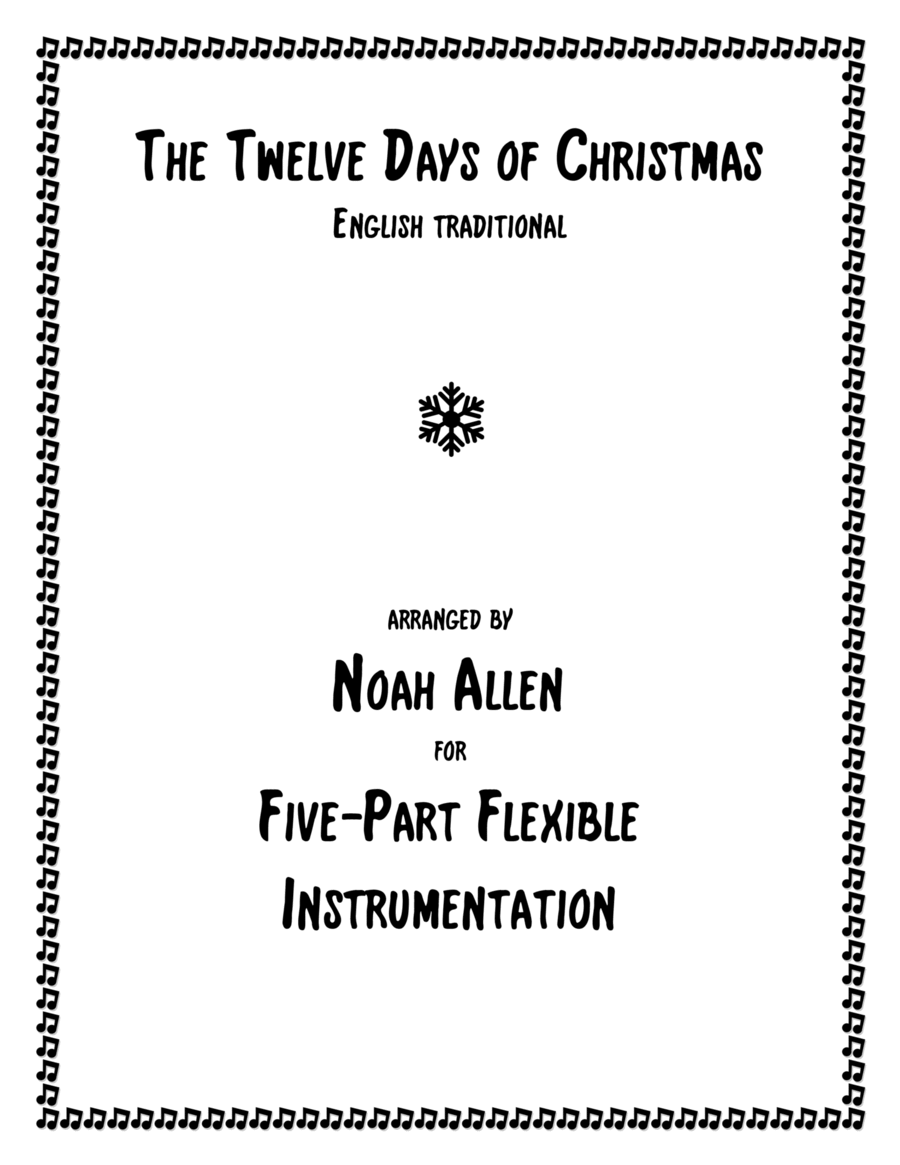Small Ensemble Alto Saxophone,B-Flat Bass Clarinet,B-Flat Trumpet,Baritone Saxophone,Horn in E-Flat,Tenor Saxophone,Trombone,Tuba - Level 2 - Digital Download SKU: A0.929892 Composed by English Traditional. Arranged by Noah Allen. Children,Christmas,Pop,Renaissance. Score and parts. 26 pages. N.D.A. #4764537. Published by N.D.A. (A0.929892). Bring a little joviality to your holiday season with this upbeat arrangement of a classic tune! Compatible with a myriad of ensembles, like brass quintet, clarinet choir, saxophone quintet, and many more, multiple transpositions of each part ensure that everyone gets to participate. Great for Christmas concerts, church services, and other holiday gatherings! Concert key: Eb major. Contents include:concert pitch scoresoprano in: C, Bbalto in: C, Bb, Ebtenor in: C (T.C.), C (B.C.), Bb (T.C.), F, Ebbaritone in: C, Bb (T.C.), Ebbass in: C, Eb, Bb (T.C.)Need this arrangement for a specific ensemble? Be sure to explore my other listings: https://www.sheetmusicplus.com/publishers/n-d-a-sheet-music/3011808Feel free to contact the arranger at brassclass466.16@gmail.com if you have any questions or need alternative transpositions. .
